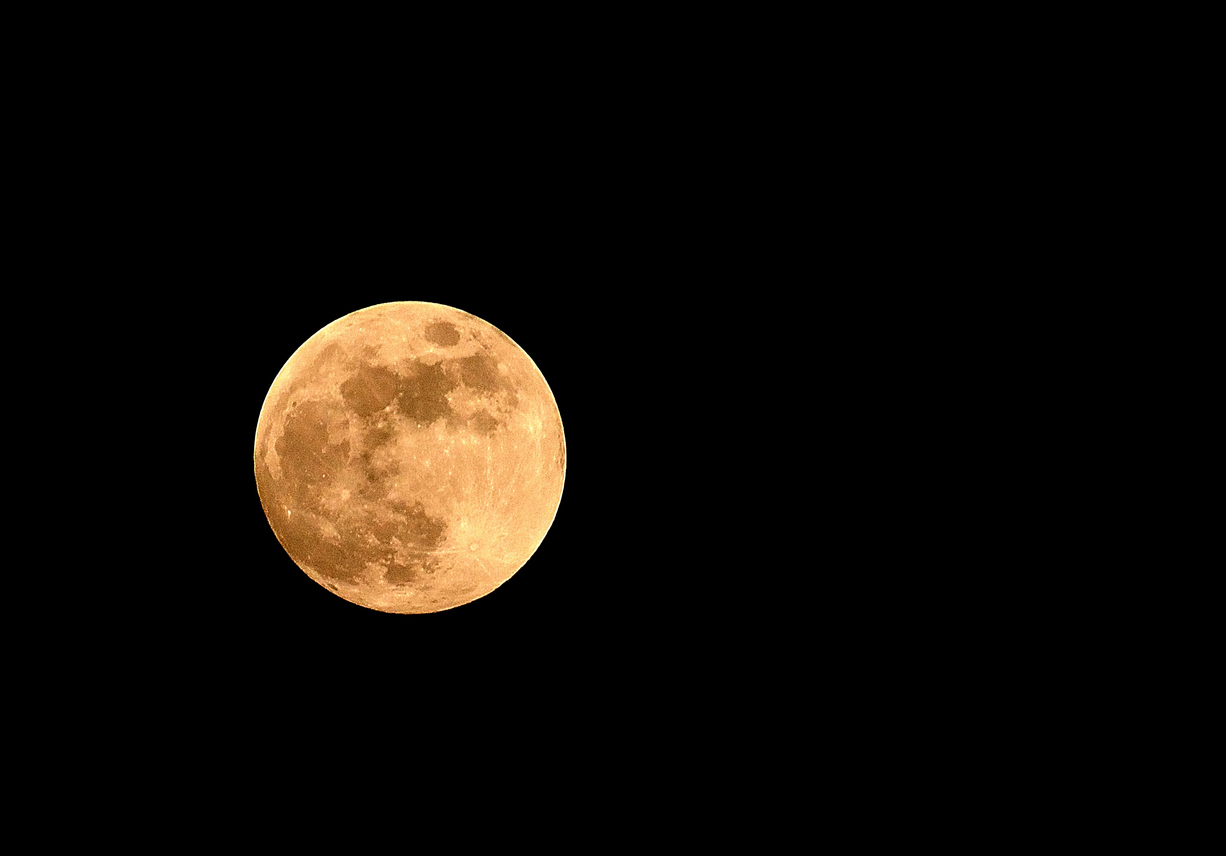
Euphoria grips US scientists ahead of Chandrayaan-2 landing

American space scientists, including those from NASA, are all over the moon as they await for India’s ambitious lunar mission Chandrayaan-2’s historic soft landing on the Moon in the early hours of Saturday (September 7).
Chandrayaan-2’s landing module Vikram will begin its final descent to pull off a historic soft landing on the lunar surface on Saturday.
Also read: ‘Fifteen minutes of terror’ that await Isro on Saturday
A successful landing will make India the fourth country after Russia, the US and China to achieve a soft landing on the Moon. But it will be the first to launch a mission to the unexplored lunar South Pole. The US space community believes that the landmark mission would help them enrich their understanding of the moon’s geology.
The Indian embassy here has arranged a live screening and presentation on Chandrayaan-2’s landing on Saturday. The community of space scientists from NASA would be watching every minute of the historic landing. Vikram, the lander, is expected to touch down the moon between 4 and 5 pm local New York time on Friday.
Also watch: Interactive graphic: Chandrayaan 2, India’s ambitious mission to moon
Moon’s South Pole, where India would be landing its six-wheeled rover named Pragyan, could become one of the most important places on the moon’s surface, said Space.Com, adding that it will become the southernmost spot on the moon to be visited by a spacecraft.
“The Chandrayaan-2 landing site will be in completely new terrain,” Brett Denevi, a planetary scientist at Johns Hopkins University Applied Physics Laboratory told scientific journal Nature. Chandrayaan-2 carries 13 instruments from India and one from NASA. Denevi told Nature that she was most excited about the orbiters imaging infrared spectrometer, which will map light reflected off the lunar surface over a wide range of wavelengths.
Also read: Chandrayaan-2: Vikram Lander successfully separates from Orbiter
This information can be used to identify and quantify surface water, which absorbs light strongly at certain wavelengths, she said. For Dave Williams, a planetary scientist at NASA, the Chandrayaan-2 mission would help answer several crucial questions.
“We’ve surveyed the moon pretty extensively from orbit, but there’s nothing like actually being there,” he told American magazine Wired. The Chandrayaan-2 mission is a point of national pride for India, it said. The New York Times noted Thursday that Chandrayaan-2 was “relatively inexpensive” compared with other space missions. “It cost less than $150 million, cheaper than the budget to make the 2014 Hollywood film ‘Interstellar’, the daily reported.
Also read: Chandrayaan-2 sends pictures of Moon from altitude of 4,375 km
“The South Pole of the moon is interesting to scientists because of the possibility that water ice could be there. That could be useful for moon habitation and making fuel for exploring Mars. Scientists also want to look for deposits of helium-3, potentially a future energy source for Earth,” The New York Times said.
“India is one step closer to achieving its space superpower ambitions,” CNN reported on Thursday, adding that the country will join the elite club of the United States, China and Russia that have made soft landing on the moon.
“India’s entrance into space exploration over the last decade has been marked by a series of missions at low operation costs,” the news channel said. Scientists hope to gain a better understanding of the origins of the deposits and determine whether it might be possible to mine them to obtain water for future space missions, Timothy Swindle, director of the Lunar and Planetary Laboratory at the University of Arizona in Tucson told NBC news.
“We know that there’s water there, but we don’t know very much about it how much there is, how it got there,” Swindle was quoted as saying. “The more we can learn, the better, in part because if we want to explore the moon that would be a really great resource for human exploration,” he said.
(With inputs from agencies)


